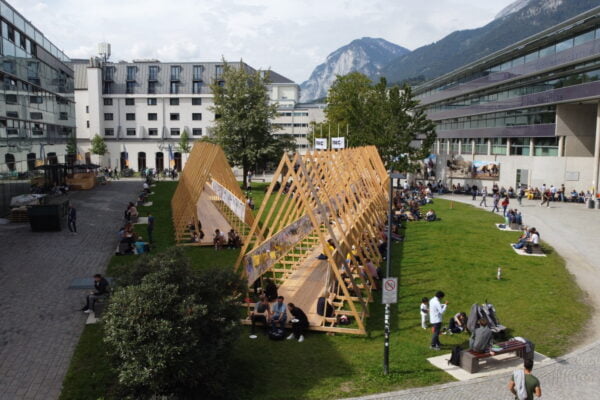
NAME:
SOWI - Garden
BUILDING:
SOWI
FLOOR:
0
TYPE:
Garden
CAPACITY:
2000
ACCESS:
Public Access
EQUIPMENT:
---
Monitoring snow cover variability and its trends is critical for understanding its role in river formation and sustenance, as well as its response to climate change and its broader impact on the cryosphere. In this study, we utilized gap-filled MODIS snow cover data (2001–2024) to investigate the spatial distribution and temporal evolution of snow cover metrics: the length, start, and end of the snow cover season. Our analysis focused on fourteen regions encompassing the Karakoram, Western Himalayas, Kunlun Mountains, and part of the Tibetan Plateau. The results revealed a highly complex pattern of variability in the metrics, with elevation emerging as the primary factor influencing their spatial and temporal distribution. Nevertheless, a single explanatory factor for the observed variability remains elusive. The average length of the snow season varies considerably across the study area, ranging from approximately 14 days in arid desert regions to about 185 days in the Karakoram. Despite high interannual variability, no significant trend was detected for the metrics across the entire study area; however, region-specific trends were identified. This can be addressed to the Karakoram Anomaly problem, highlighted in literature. To deepen the understading of snow cover changes, we also examined meteorological variables and snow cover data derived from ERA5 and ERA5-Land reanalysis. Our findings indicate a good correlation between MODIS-derived snow metrics and reanalysis data over the 24-year period. Notably, the Taklamakan Desert and Kunlun Mountains exhibited a significant decrease in snow cover extent, likely driven by rising temperatures and declining precipitation found in these regions. Conversely, the Karakoram and Western Himalayas showed a positive trend in precipitation, which could at least partially explain the lack of trends in snow metrics and in snow cover extent. Unlike the global trend of declining snow cover, our findings reveal no significant decrease in snow cover extent over the Karakoram and Himalayas, underscoring the unique climatic and cryosphere dynamics of this region. Given the good correlation between MODIS-derived snow metrics and ERA5-Land reanalysis data, we further evaluated ERA5-Land snow cover trends across its entire time period (1951-2024), offering a longer-term perspective on snow cover variability.
